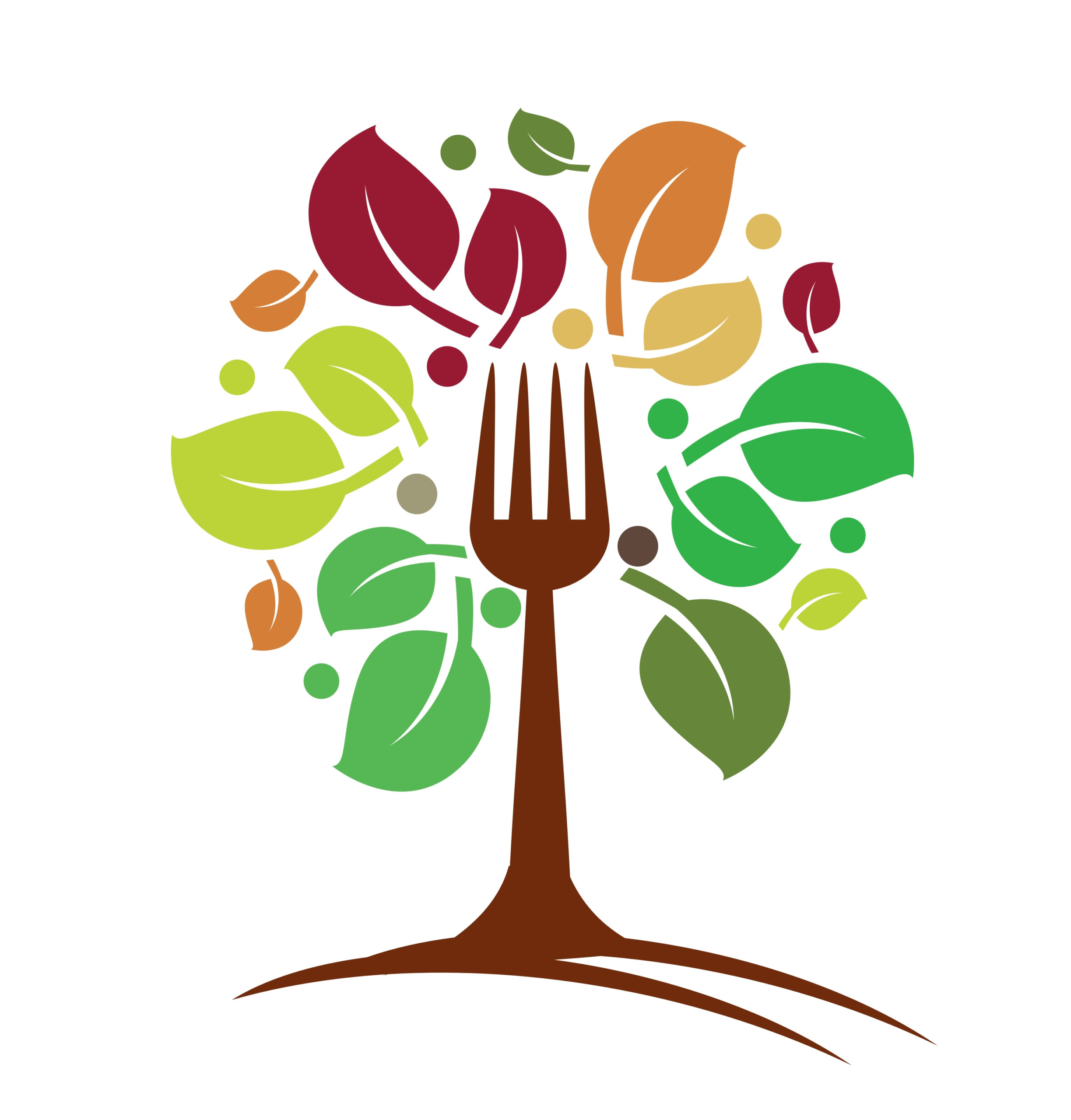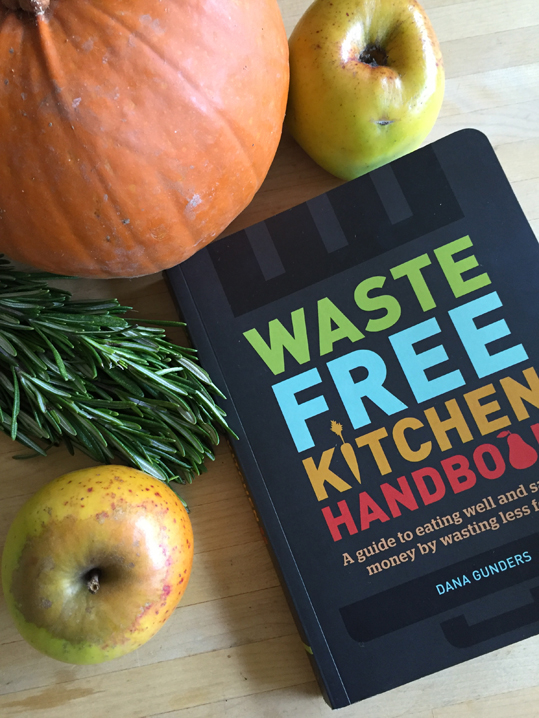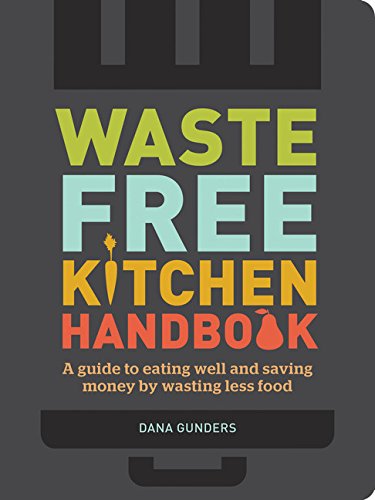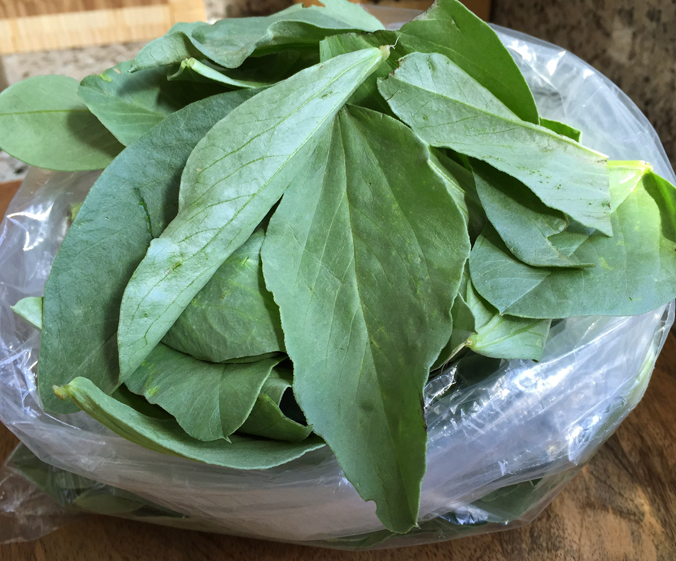Thanksgiving kicks off the holiday season in the US this week, and for many of us that means the start of the eating season. Thanksgiving dinners this week will give way to December's holiday parties, cookie exchanges, dinners out, and family gatherings. We'll cook lots, eat lots, and yes, waste lots, too. Who hasn't prepared a holiday … Continue reading Waste-Less Wednesday: Waste Free Kitchen Handbook Review
Tag: Dana Gunders
Waste-Less Wednesday: The Latest in Food Waste
Starting today, Waste-Less Wednesday is getting a bit of a change up. In addition to tips and recipes for reducing food waste at home, you'll be seeing the occasional news roundup of food waste topics, near and far. While I think about food waste at a micro level -- i.e., my kitchen and local food … Continue reading Waste-Less Wednesday: The Latest in Food Waste
Waste-Less Wednesday: Front-End Solutions
Did you happen to catch the film "Just Eat It" on MSNBC last week? The 74-minute documentary, produced and directed by Canadian filmmaking couple Grant Baldwin and Jenny Rustemeyer, examines the topic of food waste from field to table in North America. If you missed it, here's a taste. (For more information about the film … Continue reading Waste-Less Wednesday: Front-End Solutions



